Experience Surrealism in Your Sleep
The Effects of Lucid Dreaming and Reality Shifting
December 6, 2022
Albert Einstein once said, “Logic will get you from A to B. Imagination will take you everywhere.” Perhaps he was just alluding to the never-ending source of his brilliant ideas, but what if it was actually true? If you could bend reality to your will? A sleeping technique known as ‘lucid dreaming’ allows you to control and alter your dream world as if you were consciously daydreaming. Not only that, some believe in the possibility of moving through realities even outside of a dream.
If you’ve seen the movie ‘Inception,’ you might be familiar with the concept of entering dream worlds to manipulate individuals’ unconscious minds. Though it’s impossible to control someone else’s dream in real life, practitioners with years of experience are told to be able to snap into a lucid dream any time they go to sleep. Some use this method to envision their success and strengthen their self-affirmations, while others use it to find an alternative reality where they can wander freely and live out their desired fantasies.
So what is ‘lucid dreaming’ anyway? According to psychologists who used EEGs (electroencephalograms) to study the idea, this state of half-awake consciousness occurs at the end of a REM (Rapid Eye Movement) sleep cycle, in which the dreamer’s mind shifts to a more awake state that can allow them to control their own thoughts that produce the plot of the dream.
Studies show that various methods including reality testing, keeping dream journals, and the MILD (Mnemonic Induction of Lucid Dreams) technique can help people manipulate their dreams.
Reality testing involves checking your wakefulness at random intervals during the day so that your brain becomes used to the practice of doing so. For example, pinching your arm lightly or counting all ten fingers can be proof of you being awake. On the other hand, if you perform these same actions within a dream while feeling unrealistic sensations, this can make you become aware of your dream state, and thus, experience a lucid dream.
The second method of writing a dream journal is critical in a successful lucid dream session. Once you start writing down what you remember from the dream you had last night, you’ll become more aware of what your dreams typically look like, and you’ll be able to recognize it with more ease when you’re actually in one. The longer this is practiced, experts explain, the easier lucid dreaming will get. I experimented with this method and found that being mindful about the state of dreaming helped my brain unconsciously think more about dreams, and therefore do the same within my sleep.
The third method, the MILD technique, requires you to set an alarm after five hours of your regular sleep time. This specific amount of time ensures that one wakes up from a REM stage of sleep, which occurs only after some time has passed. Once you wake up from this period, a phenomenon called ‘REM rebound’ might take place, in which you fall right back into your dream. While returning to sleep, you can then use repetitive affirmations such as, ‘I will remember that I’m dreaming,’ or ‘I will lucid dream tonight’ to remember that you are dreaming when you fall back into unconsciousness.
Besides these methods, there exist countless formulas for success, and you can easily find them on the internet. While studying about these various theories, I decided to explore them myself. After a few days of failed attempts and hypnagogic sensations, I finally entered a vague lucid dream that was half conscious. I tried to remind myself of the desired storyline everytime a random scene would pop up, but not everything was under control.
After waking up, I could remember the dream with much more vivid colors and sensations than I did others. The more I tried, the more I could achieve. The whole experience felt like some ancient mythical study of a ritual, preparing myself for meditation before feeling my body float as I drifted off to sleep. Perhaps this peculiar thrill is what gets many people interested in this topic.
Recently, TikTok trended with a boom of popularity regarding dream control. Various creators shared their experiences with lucid dreaming, and gave tips on how to succeed. Intriguingly, a similar concept called ‘reality shifting’ was introduced, which received heated attention and debate from many viewers.
Shifting, according to believers, involves physically moving into another reality. Different from lucid dreaming, shifters claim that all five senses follow them to their desired reality (DR), where everything seems as real as the current reality (CR). “We’re actually shifting dozens of times in every moment that we’re alive, and most of us don’t even realize it. Every breath we take we’re shifting, every time we blink we’re shifting,” explained a famous shifting content creator, which Insider depicted in their article.
How desirable is the idea of being able to switch to another reality – one where your favorite characters come alive and you can live through an amazing action scene? Various shifters claimed to visit Hogwarts and the Harry Potter universe, different anime worlds, and other movie settings. But what makes this credible?
As exciting as it sounds, reality shifting, according to some professionals, is believed to be merely a form of lucid dreaming or meditation. Psychotherapist Laura Kreiselmaier stated that shifting can be achieved through ‘self-hypnosis.’ Other psychologists claim that this is just a trend started by the younger generation affected by the isolation of COVID-19 who spent more time daydreaming.
On the other hand, shifters have tried to prove their experience with evidence in the past few years. Some even apply quantum physics, a field with bewildering studies and unknown discoveries yet to be made, as their proof, claiming that the many mysteries of unexplainable phenomenons can be deciphered by the multiverse theory. According to them, a person’s emotions and experience can cause an electromagnetic effect beyond time and space, which proves the ability of our minds to jump through them.
Personally, I find it difficult to accept the idea that our minds are able to simply switch its existence into a certain reality, let alone gain complete control of time and space. However, there have been cases in the past where years of meditation has led to higher achievement in bodily control and a deeper spiritual state, which leads me to hope someday a genius scientist might just prove shifting possible.
But are there no precautions to diving into the world of your dreams? The answer is: there absolutely are. Though many people reported that they acquired spiritual growth and therapeutic effects from lucid dreaming, others have stated that they’ve felt disoriented, dissociated, and addicted after a while of lucid dreaming. According to a longitudinal study held in 2018, many college students felt more fatigue and a sense of disconnection as they fell deeper into the study of sleep, and sometimes they couldn’t tell which was real and which was a dream.
Furthermore, similar to maladaptive daydreaming, where a person would concentrate too deep or spend too much time on daydreaming to a level that disrupts daily life, an obsession with shifting can cause individuals to struggle in their day to day life; getting too attached to their desired reality may result in depression and anxiety, as some previous shifters have reported. At the same time, other ‘experts’ of the field claim that they have found a healthy balance between their real life and an alternative one, making us further question their experience and their eagerness to defend the validity of the theory.
As suggested previously with the case of COVID, I believe that these sleep methods and the idea of shifting may have originated from the growing sense of unease people felt with their real lives, and if that is the case, this is a sort of a coping mechanism for a poor mental condition for them. I’ve had days when I wanted to escape from reality and run away into a book world, but perhaps it’s a good thing that we can’t, (at least most of us can’t, if what the shifters say is true) as hiding away from the problem can never resolve it completely.
Whether it is real or fake, I can see why the concept of lucid dreaming and shifting gained so much attention on the internet. The real world is often monotonous compared to the adventures we experience as we read or watch fiction, and it was especially so during the past few years – enough to make people resort to daydreaming about their fantasy universe.
Whatever the truth may be, human beings have always been interested in supernatural fields of study, from the alchemists of the 8th century to the pseudo-psychologists of the 21st, and though some irrational ideas may cause mayhem, others become the basis of fantastic fiction, all the while being quirky and charming.


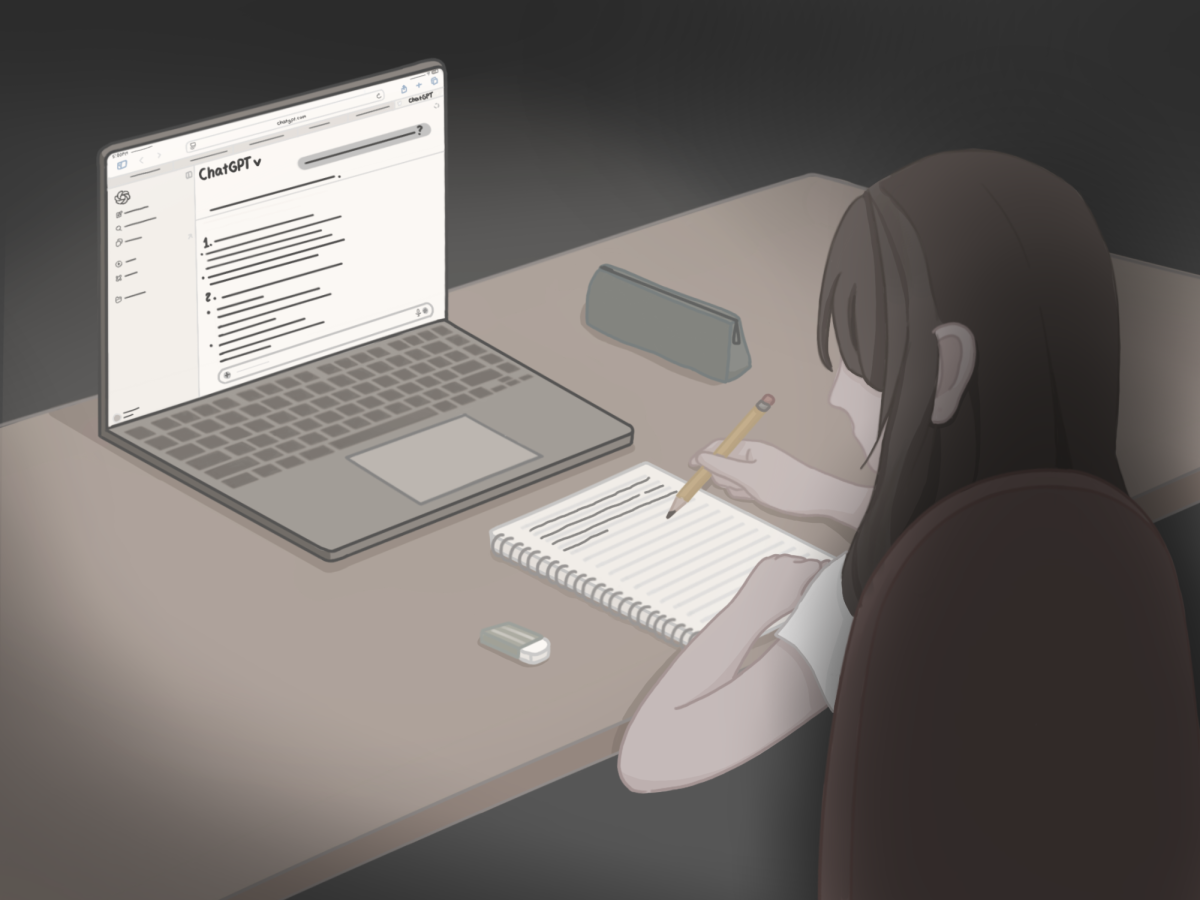




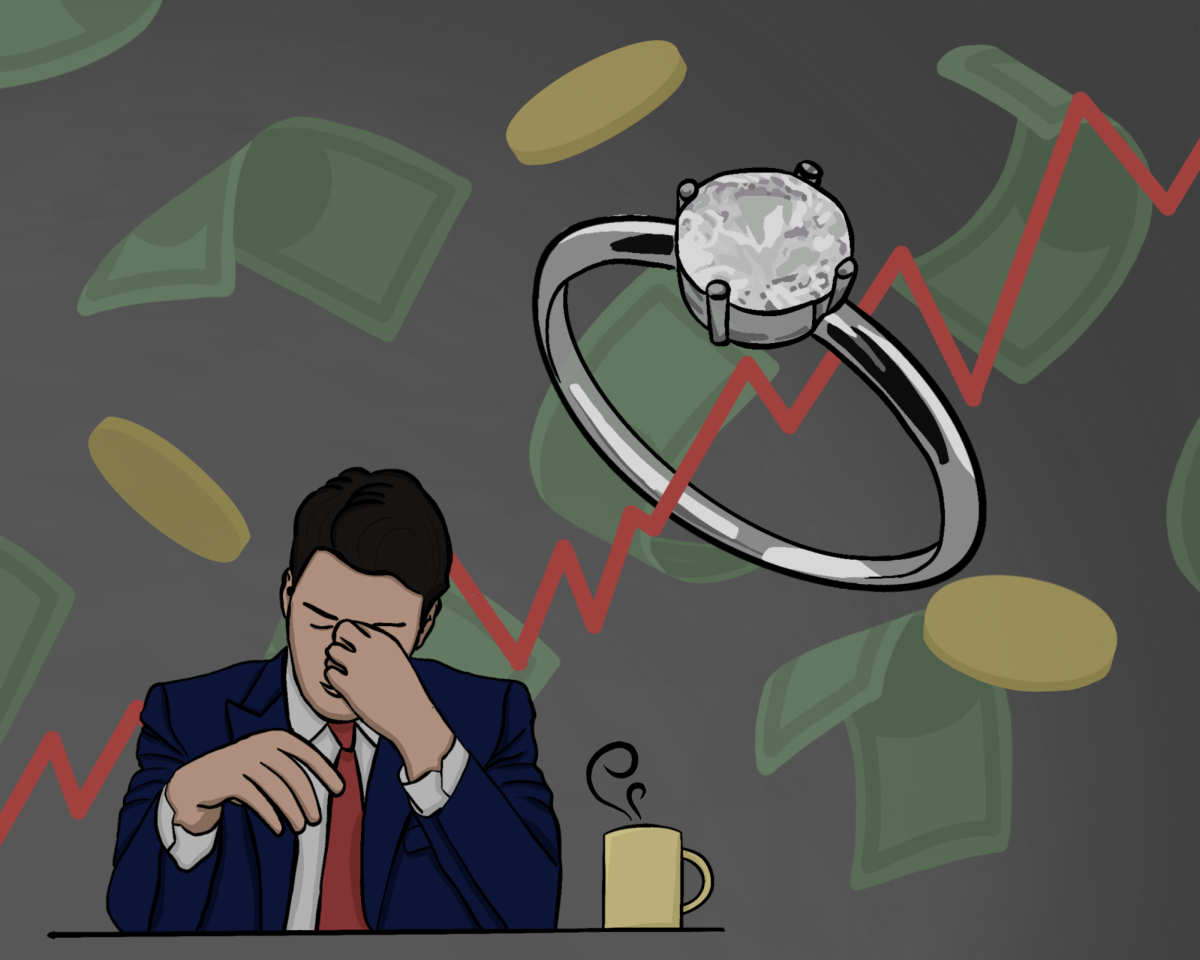

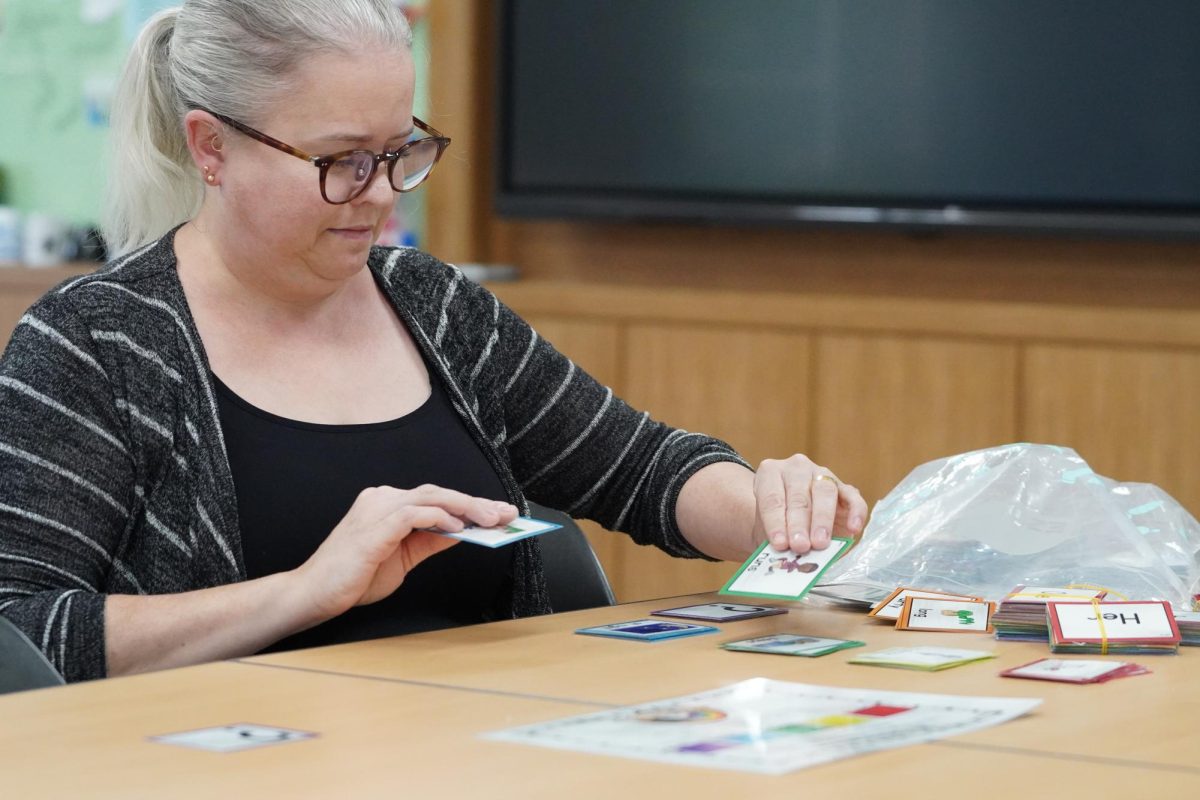
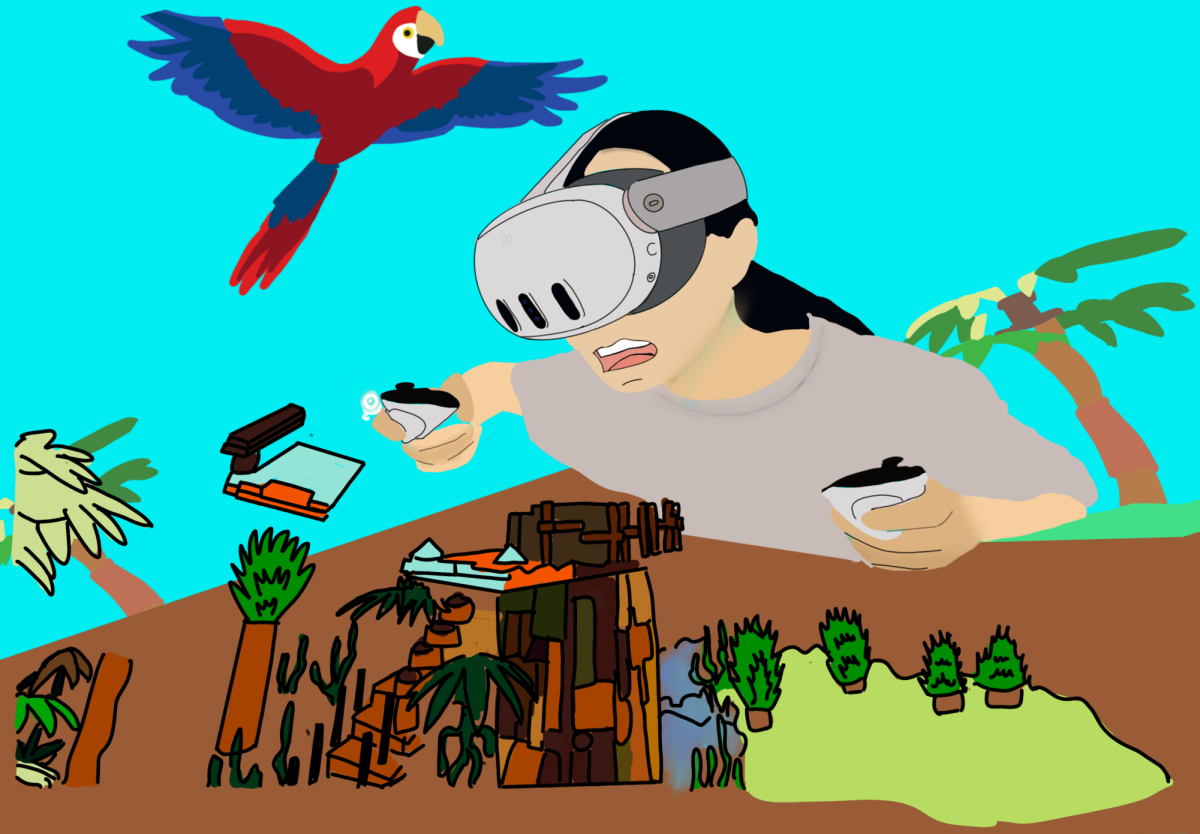



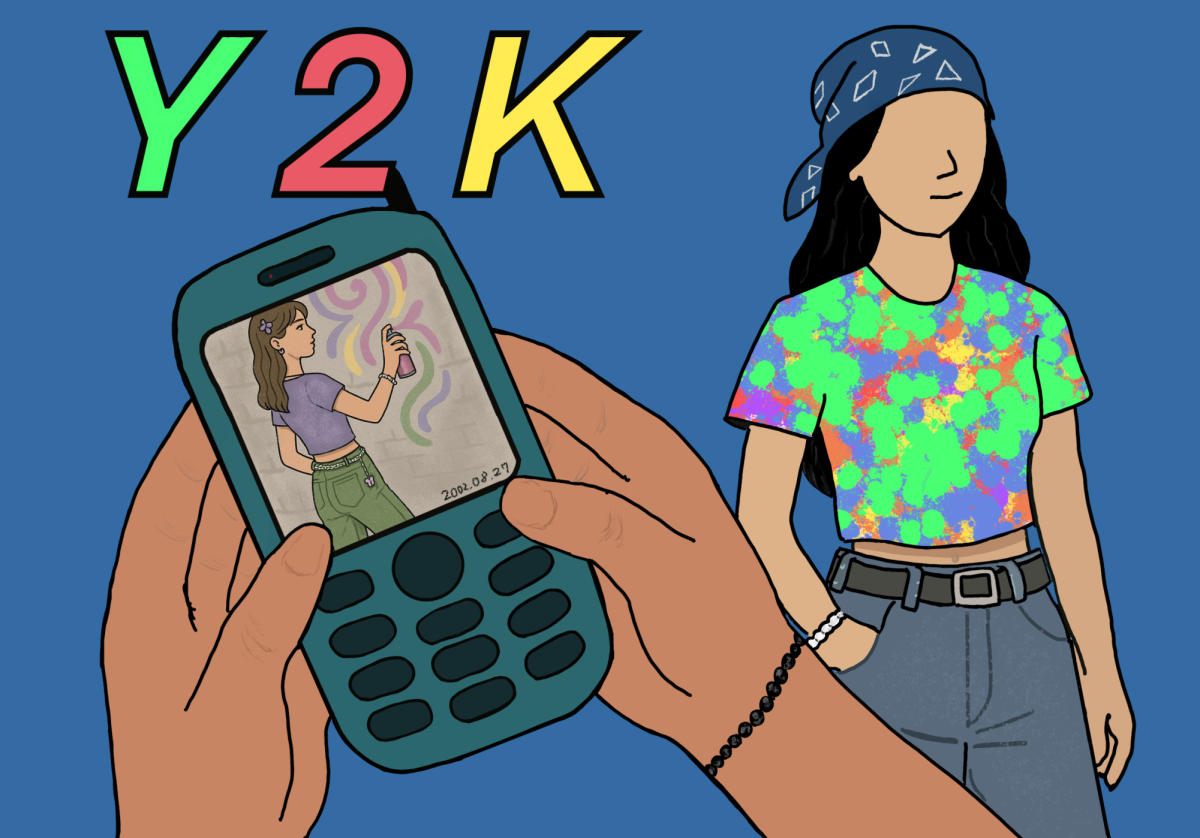


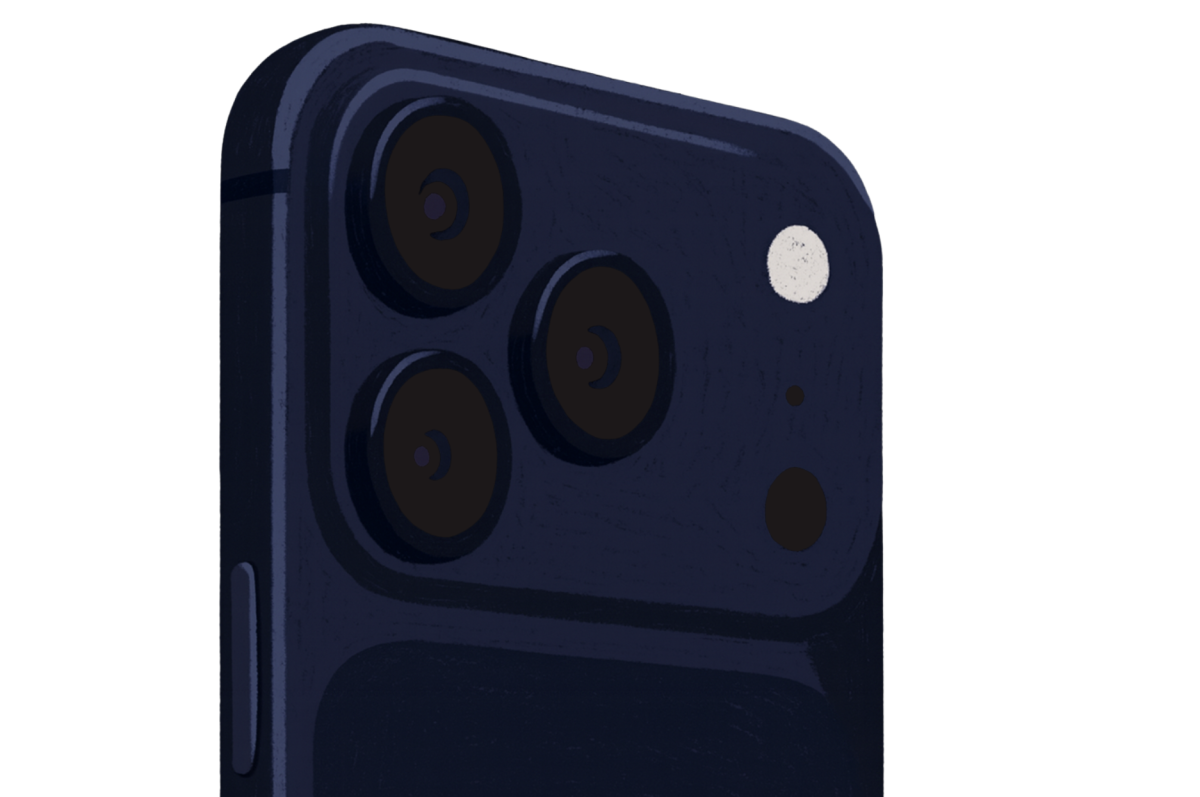
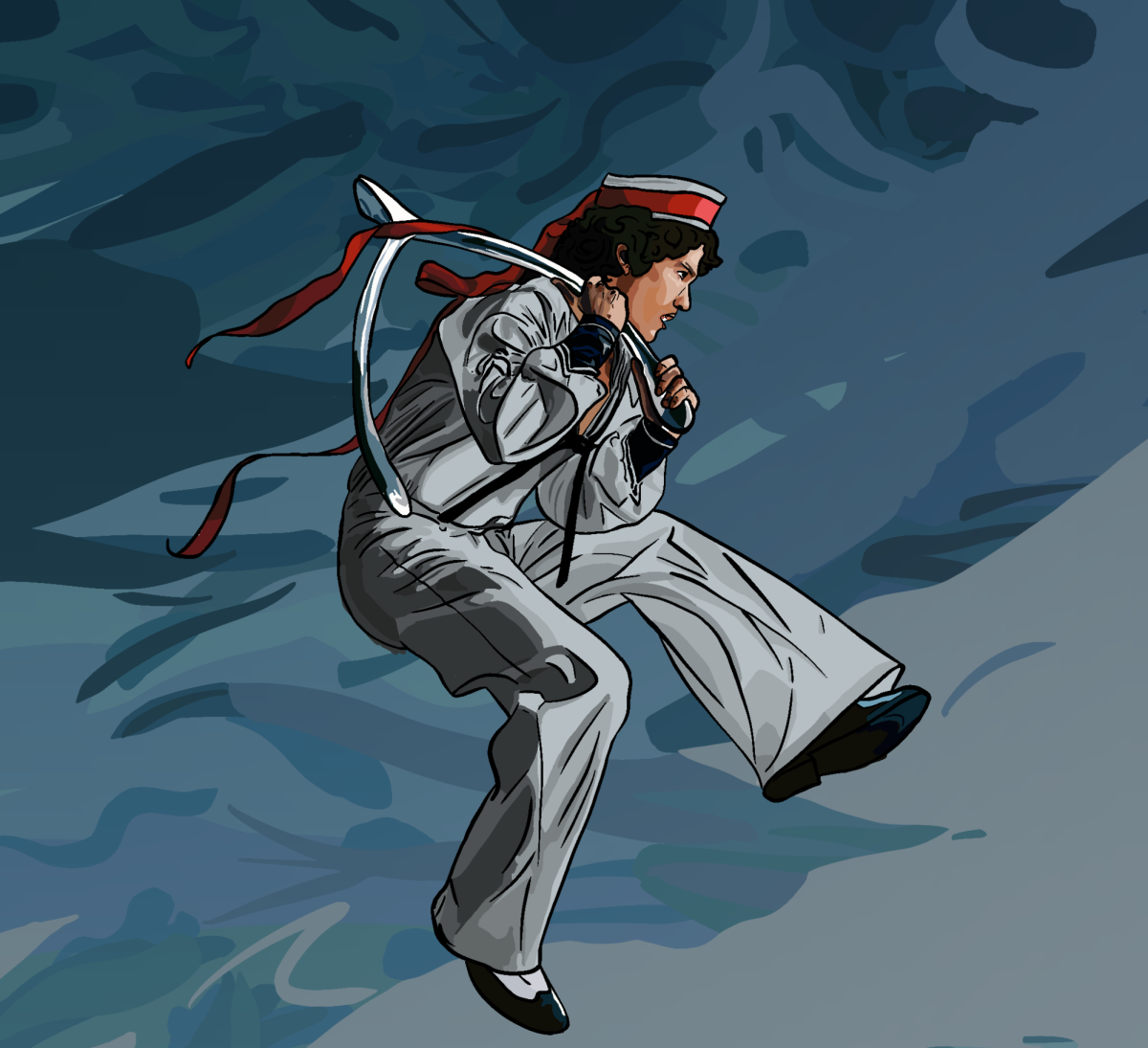
















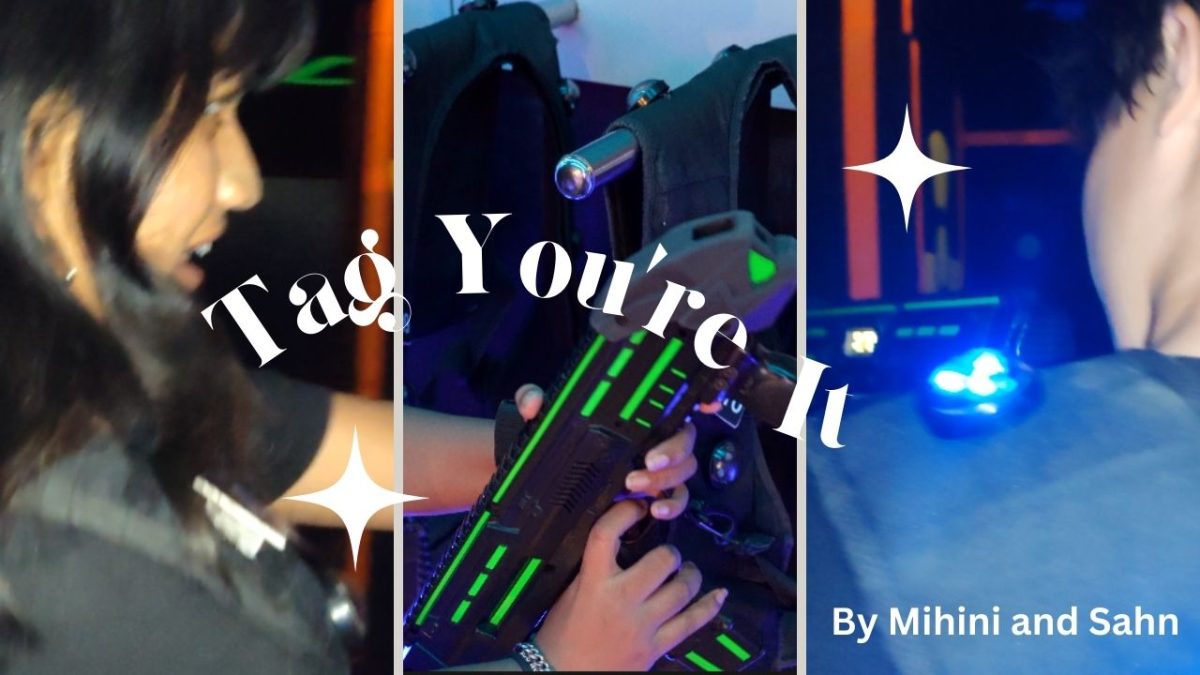










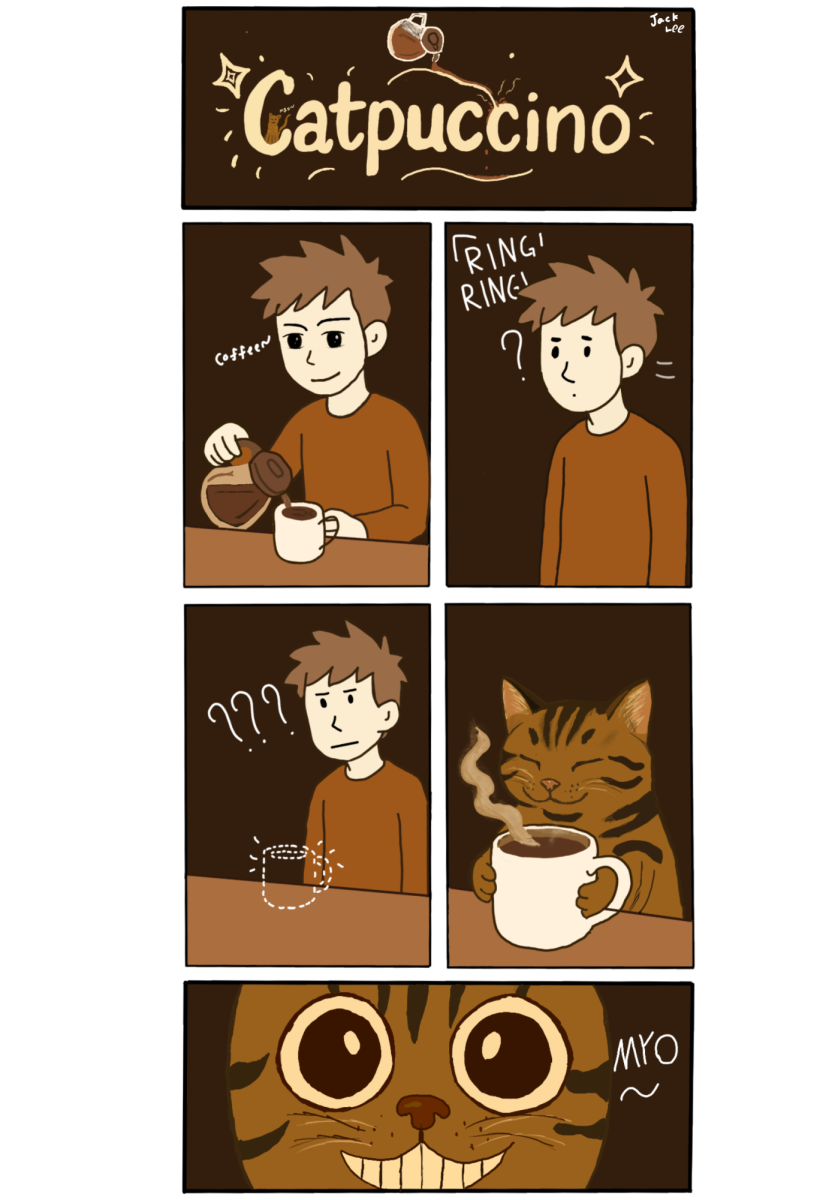



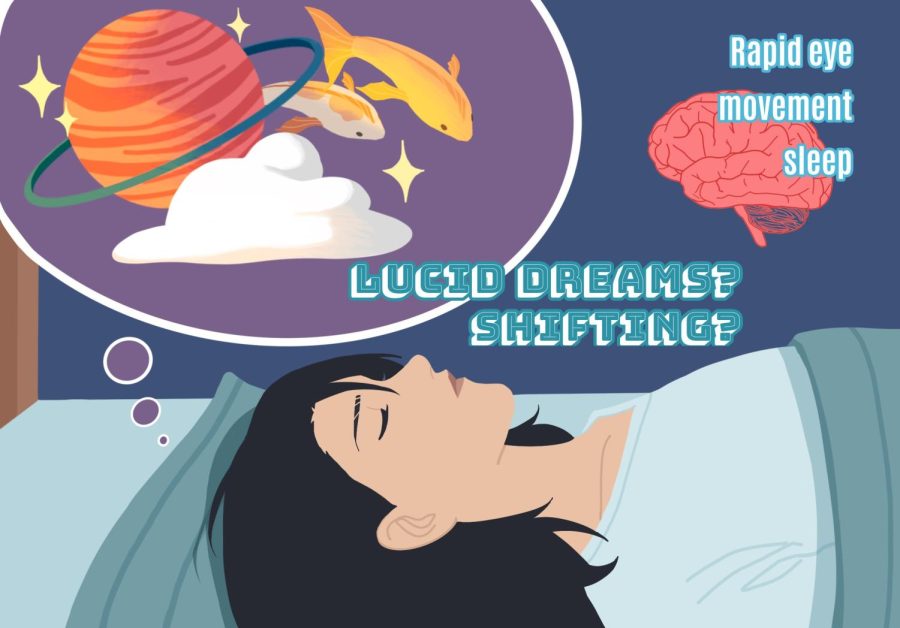
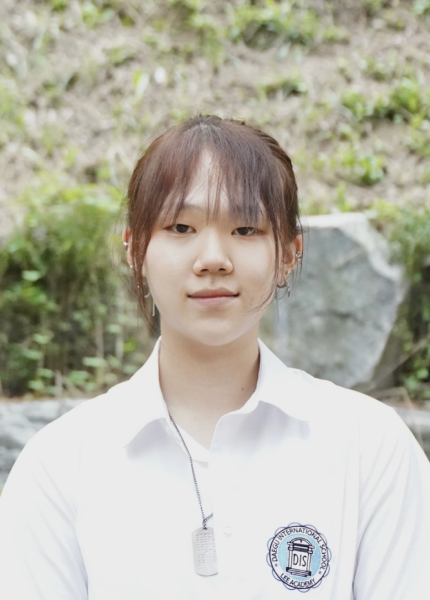

Jayden • Dec 15, 2022 at 6:33 pm
This is really interesting! I might try it during the winter break 🙂
Ms McNevin • Dec 14, 2022 at 6:50 pm
What a captivating article! I can tell a lot of thought was put into researching this topic of lucid dreaming. It also sounds like it led you on a road of even more quandary about reality in itself. Oh how exciting exploration is, within the self and around the world….or shall I say multiverse? ;D
Kevin • Dec 8, 2022 at 6:29 pm
I actually tried lucid dreaming because I was curious what would happen to me after I quit gaming, but I failed. I think I will be trying that if I make big decisions again.
Ms McNevin • Dec 14, 2022 at 6:39 pm
Fail = First Attempt In Learning 😀